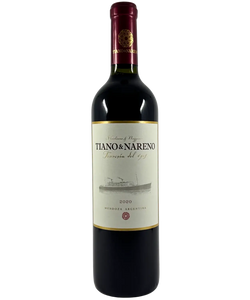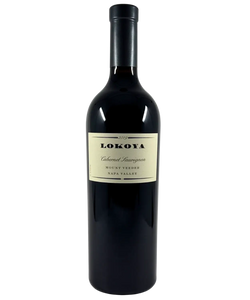When it comes to Burgundy, few names carry the weight and history of Clos de Tart. A Grand Cru monopole with a lineage stretching back to the 12th century, it’s been shaped by some of the region’s most influential custodians. And in 2009 — an exceptional vintage — Clos de Tart delivered a wine that collectors and critics still talk about today.
The reputation of the Mommessin family
Clos de Tart was under the care of the Mommessin family for much of the 20th century. Known for their stewardship and commitment to Burgundy tradition, the family helped build the estate’s modern reputation as one of the most collectible Pinot Noirs in the world. Their careful approach, paired with the vineyard’s extraordinary terroir, has made Clos de Tart a benchmark for both drinkers and investors alike.
Burgundy hierarchy: a true Grand Cru
In Burgundy, hierarchy matters. At the top sits Grand Cru — the classification reserved for the very best sites, producing wines with unmatched complexity, ageing potential, and prestige. Clos de Tart is not just Grand Cru; it’s a monopole (a vineyard with a single owner), making it even rarer and more tightly controlled.
For collectors, a Grand Cru Burgundy Pinot Noir is always special. When it comes from a monopole like Clos de Tart, it’s even more so — there’s only one producer, one vision, and one expression of the vineyard.
2009: an exceptional year
The 2009 vintage across Burgundy is remembered as one of the greats. Warm, consistent weather produced grapes with ideal ripeness, balance, and structure. Wines from this year were immediately praised for their richness and approachability, while still carrying the bones to age for decades.
Critics scored the 2009 Clos de Tart highly, applauding its depth, fruit concentration, and balance between power and elegance. For Pinot lovers, it’s a textbook example of how Burgundy can deliver both immediate pleasure and long-term reward.
Why magnums matter
In exceptional years like 2009, producers often release wines in magnums (1.5L bottles). Beyond their table presence, magnums serve a technical purpose:
- Slower ageing: Because the ratio of wine to oxygen exposure is higher, magnums evolve more slowly than standard bottles. This effectively doubles the drinking window, allowing flavours to integrate and develop gracefully over time.
- Better balance: Many collectors argue that magnums simply taste fresher and more harmonious when opened.
Investment perspective: scarcity vs liquidity
From an investment standpoint, magnums occupy a fascinating space:
- Scarcity: Far fewer magnums are produced than standard bottles. For top 1% wines like Clos de Tart, this scarcity magnifies collectability.
- Value: Collectors will often pay a premium for magnums because they hold more wine, age longer, and are harder to find.
- Liquidity challenge: On the flip side, fewer buyers are in the market for magnums compared to standard 750ml bottles. This can mean they take longer to sell, as the buyer pool is smaller. But for patient collectors, the returns (and drinking experience) can be well worth the wait.
Final sip
The 2009 Clos de Tart isn’t just a wine — it’s a story of heritage, terroir, and time. From the Mommessin family’s legacy to Burgundy’s Grand Cru status, from a benchmark vintage to the rarity of magnum bottlings, this wine has all the hallmarks of a true collectible.
Whether you’re holding it as part of a cellar portfolio or opening it on a special occasion, the 2009 Clos de Tart is a reminder of why Burgundy remains at the very top of the fine wine world.











